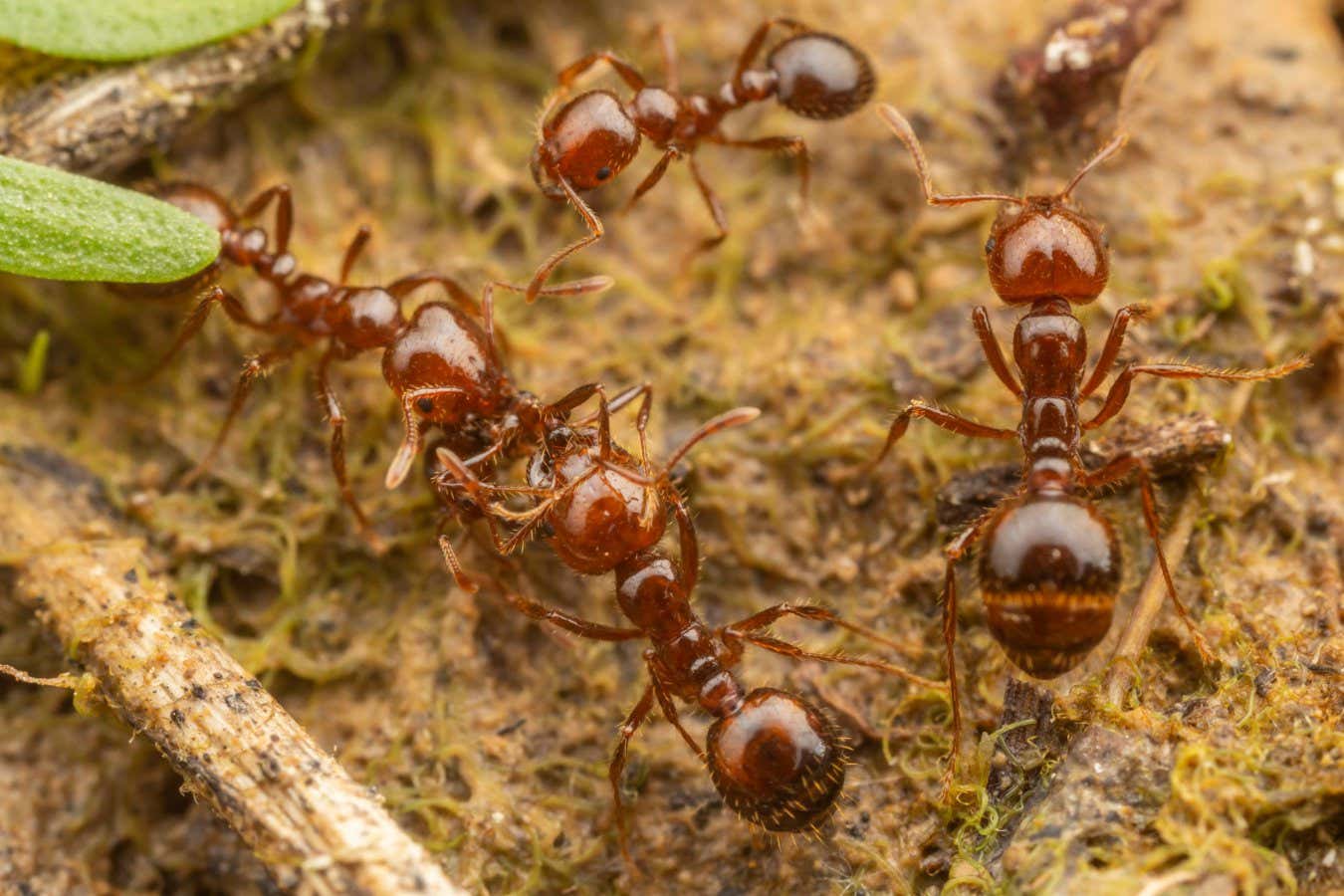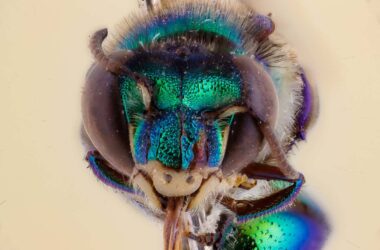Red imported fire ants are an invasive species in many parts of the world
Clarence Holmes Wildlife/Alamy
Dozens of red imported fire ant nests have been discovered in Sicily, Italy, which indicates that these invasive insects have successfully established themselves in Europe.
The red imported fire ant (Solenopsis invicta) is a venomous species native to South America. Since its scientific description in 1916, this ant species has spread globally, reaching countries like Australia, China, and the US. The primary reason for its proliferation is the transport of soil and plants from its native region to other countries.
“It’s considered one of the worst invasive species,” says Mattia Menchetti, a researcher at the Institute of Evolutionary Biology in Barcelona, Spain. The venomous bites of red fire ants can cause extreme pain and may even trigger allergic reactions in some individuals.
In addition to being a nuisance to humans, red fire ants also pose a threat to natural ecosystems by preying on other species such as birds and reptiles while displacing native ant species.
Reports of painful ant stings around the coastal city of Syracuse on the island of Sicily have been circulating for a few years, according to Menchetti.
Menchetti and his team collected samples of the ants responsible for the stings and confirmed them to be S. invicta. They discovered a total of 88 red imported fire ant nests spanning 4.7 hectares in the area.
DNA analysis revealed that the ants in Sicily had the greatest similarity to red imported fire ants from China and the US, suggesting that the established population in Sicily may have originated from either of those countries.
Based on the team’s models, under current environmental conditions, these ants could potentially spread to 7 percent of Europe. However, as climate change progresses, their range could expand even further. They are expected to thrive in warm and well-connected regions, particularly in coastal Mediterranean cities. Additionally, urban areas across the continent, including Paris and London, may provide suitable environments for the species to flourish due to the abundance of heat sources like buildings.
Menchetti’s team is collaborating with authorities to continue monitoring the region and determine the population’s extent, which will guide future eradication plans.
Topics:








